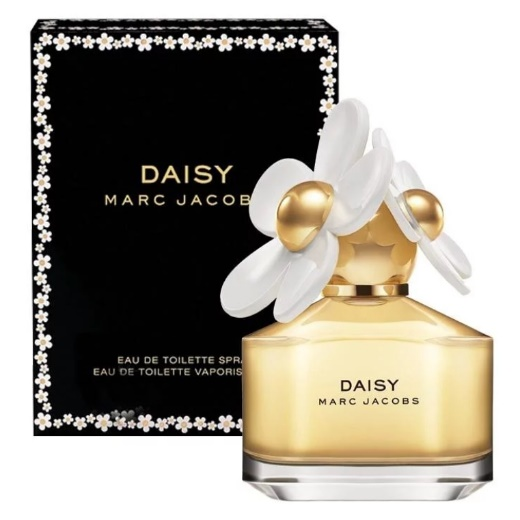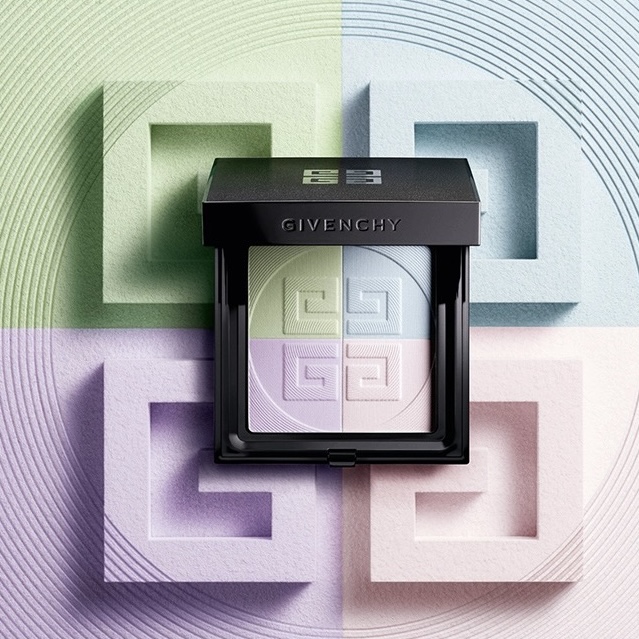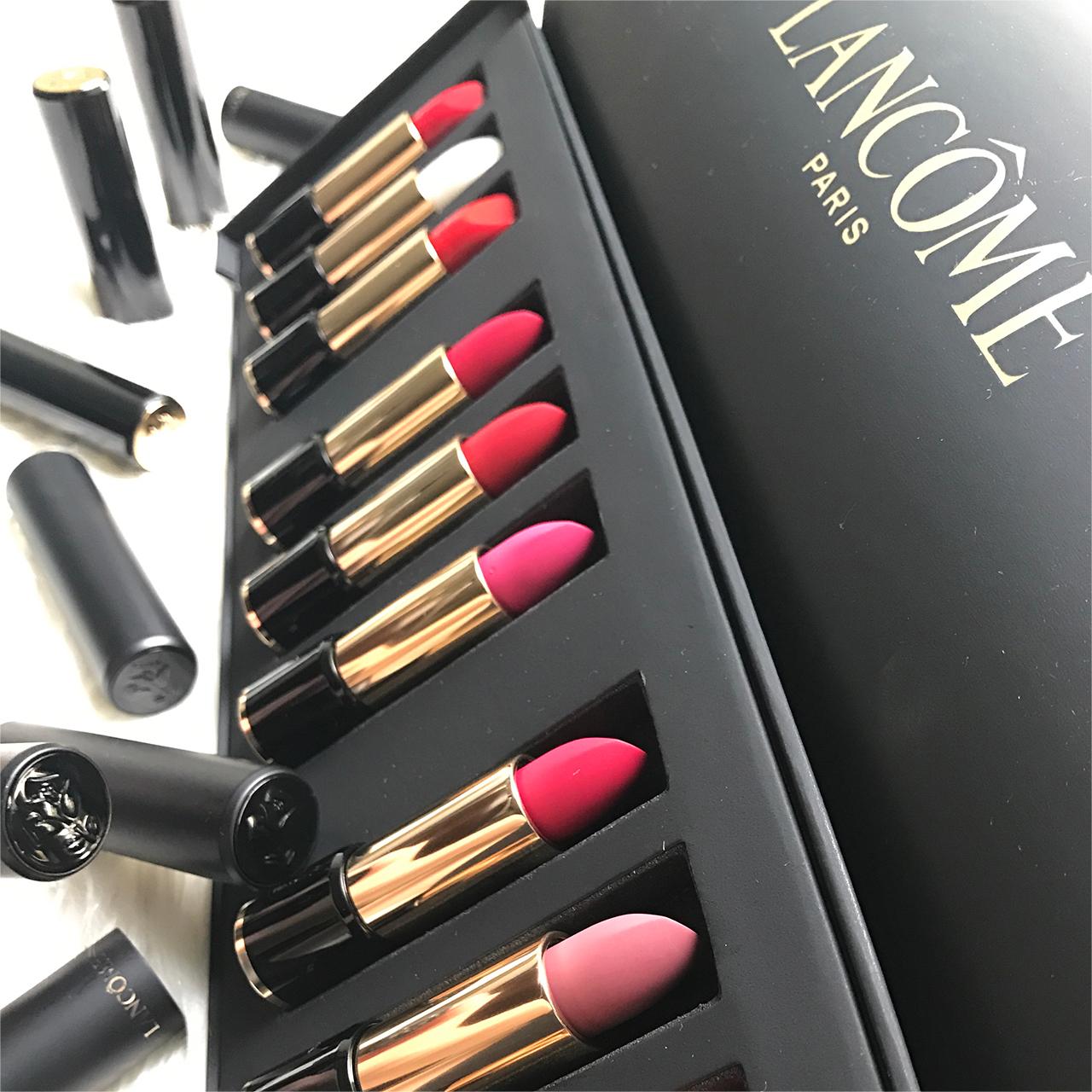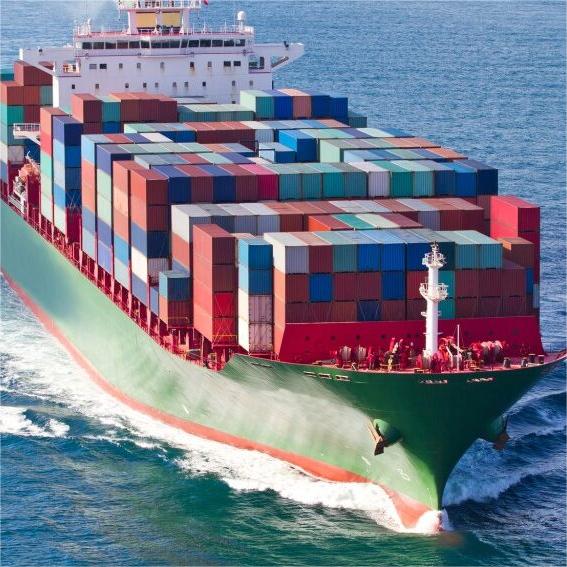How to Prevent the Potential Risks in Cross-Border Beauty Procurement?
How to Prevent the Potential Risks in Cross-Border Beauty Procurement?
Recent data show that the transaction volume of beauty products in China's cross-border e-commerce import market and Hong Kong's re-export has exceeded 100 billion. However, there are often significant risks. In recent years, it has not been uncommon to see millions of funds being cheated and many fake goods entering the market.
In the international trade of cosmetics, the problem of fund fraud is particularly prominent. Some criminals trick buyers using false company information, fictitious businesses and virtual quotations . For overseas companies, business credit investigation and rating can be conducted through professional credit agencies to comprehensively assess risks. At the same time, priority is given to cooperation with larger international beauty distribution groups and agents to reduce trade risks.
On the other hand, fake products circulate in large quantities in the international cosmetics trade market. These fakes are highly manufactured and have forged order logistics information and purchase vouchers, which is hard to prevent. These fakes are mainly manufactured in Poland, Turkey, South Korea, Vietnam, the United States and other places, and circulate in the world's major free trade ports. Therefore, buyers need to be vigilant and enhance the team's ability to distinguish the authenticity of the product. Therefore, knowing the normal price can help buyers avoid falling into common scams such as low prices and hot styles.

In the international trade of beauty products, the risk of exchange rate fluctuations is an unavoidable problem. Because the parties to the transaction are often settled in different currencies and the procurement cycle is relatively long, any slight movement in international exchange rates during this period can have a significant impact on the final profit and loss of the order. Especially in the current complex and volatile global economic situation, the risk of the exchange rate is not to be underestimated. To effectively avoid this risk, it is recommended that enterprises clearly agree to use the original currency for sales and procurement when signing contracts. This means that no matter how the market exchange rate changes, both parties will settle in the currency and amount agreed in the contract. Doing so avoids losses from exchange rate fluctuations and ensures the stability and predictability of transactions. At the same time, enterprises can also consider including exchange rate risk clauses in the contract to further clarify the rights and responsibilities of both parties in the case of exchange rate fluctuations.
In addition, international transportation is an indispensable part of international trade in beauty, but it is also a high-risk area. In the long transit process, the goods may be subject to damage, loss, delay and other risks. These risks will bring economic losses to the enterprise and even affect the reputation of the enterprise and customer satisfaction. In order to effectively avoid these risks, purchasing logistics insurance has become a wise choice. This insurance can provide economic protection for all kinds of losses that may occur while transporting goods. If the goods are damaged or lost,the enterprise can obtain the corresponding compensation through the insurance company, thereby reducing the economic loss. At the same time, it is essential to establish a long-term relationship with a reputable insurance company. By purchasing logistics insurance, enterprises can carry out beauty international trade business with greater peace of mind and reduce potential risks.
In the context of intensifying market competition and weakening demand, the blind pursuit of hot style and low-cost beauty supplies has intensified industry risks. Companies should strengthen the understanding and identification of international trade risks to reduce potential business risks and losses.














 WhatsApp
WhatsApp Wechat
Wechat